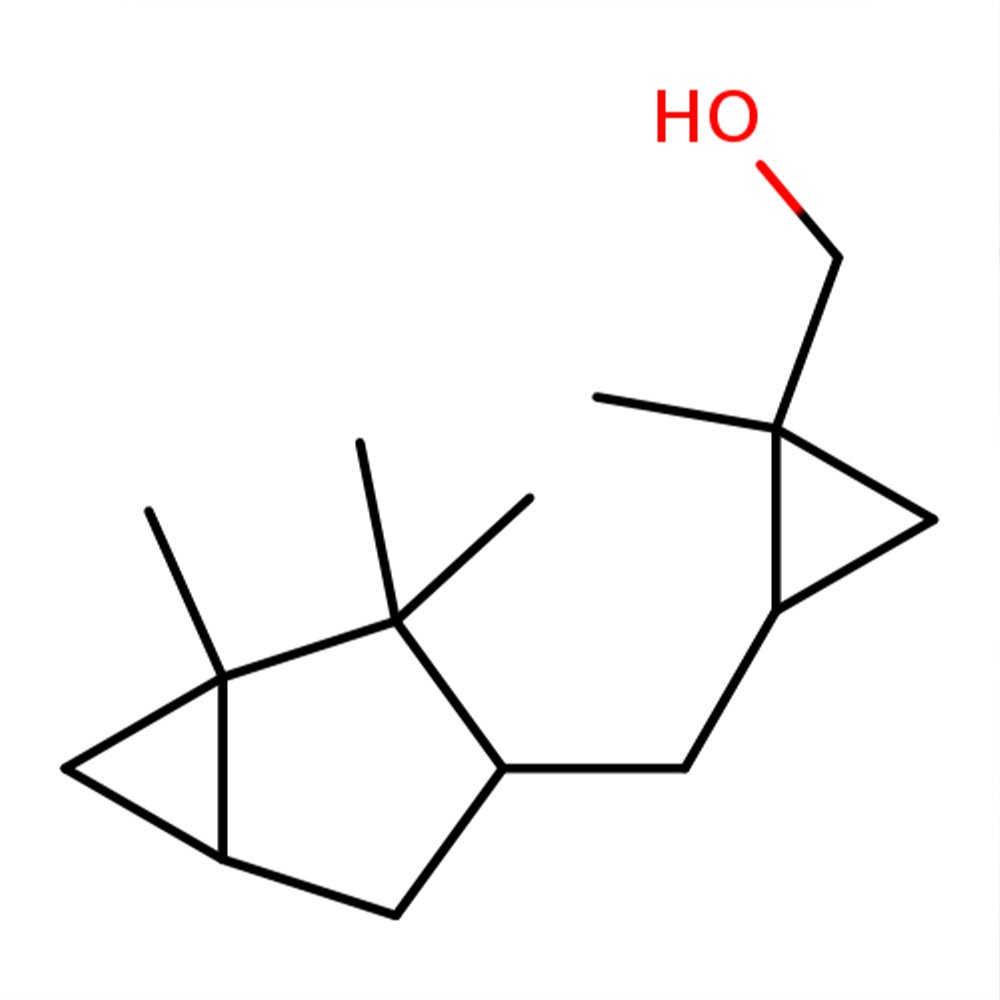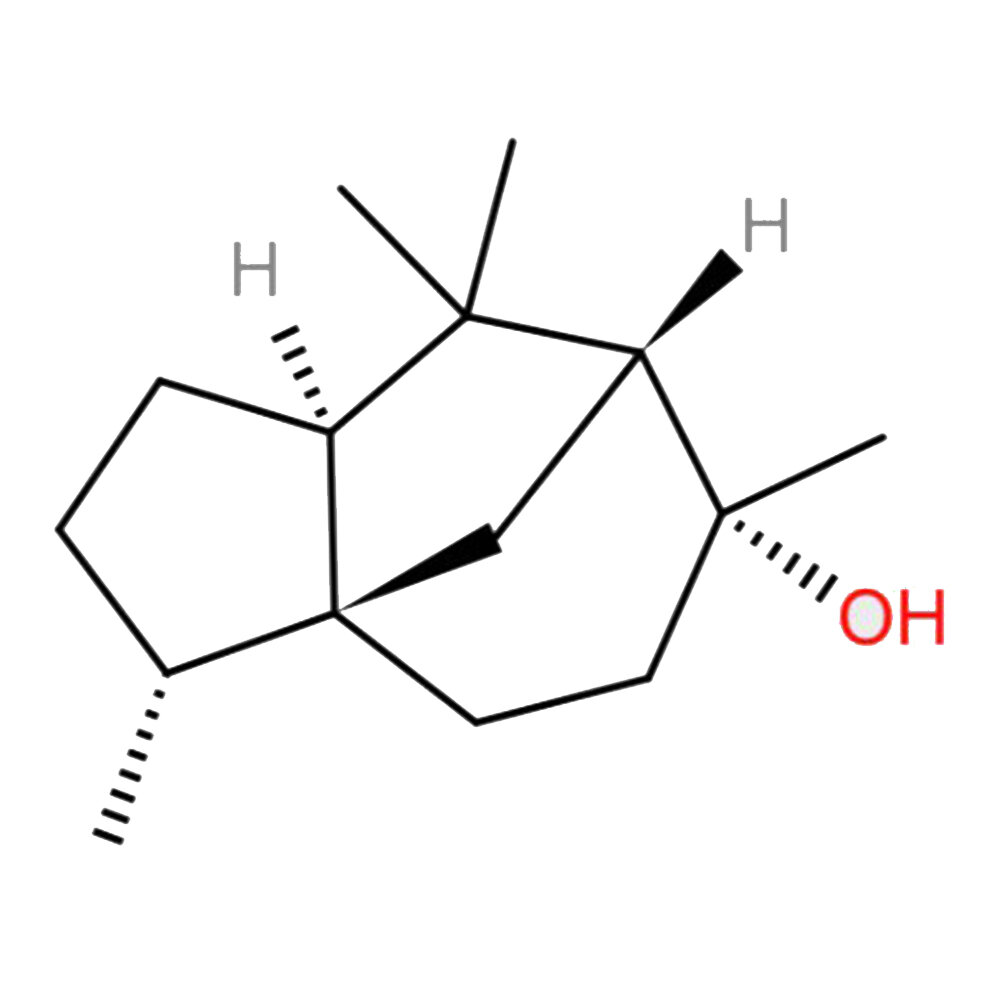 Image 1 of 2
Image 1 of 2

 Image 2 of 2
Image 2 of 2



Neryl Acetate
Premium Synthetic Ingredient for Perfumery
Neryl Acetate is a semi-synthetic monoterpene ester commonly derived from nerol via esterification. Though naturally present in neroli and petitgrain oils, commercial-grade Neryl Acetate is produced synthetically to ensure high purity, consistency, and scalability. It offers a soft, sweet floral aroma with orange blossom and pear-like nuances. Functionally, it serves as a top-to-heart note connector, imparting radiance and a natural floral tone to citrus, neroli, and magnolia accords across both fine fragrance and personal care formats.
Premium Synthetic Ingredient for Perfumery
Neryl Acetate is a semi-synthetic monoterpene ester commonly derived from nerol via esterification. Though naturally present in neroli and petitgrain oils, commercial-grade Neryl Acetate is produced synthetically to ensure high purity, consistency, and scalability. It offers a soft, sweet floral aroma with orange blossom and pear-like nuances. Functionally, it serves as a top-to-heart note connector, imparting radiance and a natural floral tone to citrus, neroli, and magnolia accords across both fine fragrance and personal care formats.
Premium Synthetic Ingredient for Perfumery
Neryl Acetate is a semi-synthetic monoterpene ester commonly derived from nerol via esterification. Though naturally present in neroli and petitgrain oils, commercial-grade Neryl Acetate is produced synthetically to ensure high purity, consistency, and scalability. It offers a soft, sweet floral aroma with orange blossom and pear-like nuances. Functionally, it serves as a top-to-heart note connector, imparting radiance and a natural floral tone to citrus, neroli, and magnolia accords across both fine fragrance and personal care formats.
Synthetic Ingredient Overview
🏭 Manufacturer: IFF (International Flavors & Fragrances)
🔎 IUPAC Name: (Z)-3,7-Dimethylocta-2,6-dien-1-yl acetate
🧪 Synonyms: Neryl acetate
🧬 Chemical Formula: C₁₂H₂₀O₂
📂 CAS N°: 141-12-8
📘 FEMA: 2773
⚖️ Molecular Weight: 196.29 g/mol
📝 Odor Type: Floral
📈 Odor Strength: Medium
👃🏼 Odor Profile: Sweet, floral, orange-blossom-like with dewy pear and soft tropical nuances
⚗️ Primary Uses: Citrus-floral perfumes, neroli-type bases, functional perfumery, food flavoring
🧴 Appearance: Colorless to pale yellow liquid
What is Neryl Acetate?
Neryl Acetate is a synthetic ester produced by esterification of nerol, a terpene alcohol, with acetic acid. It features a (Z)-configured double bond along its isoprenoid chain, which confers its distinct soft-floral and mildly fruity odor. Though present in natural essential oils like neroli and bergamot, most perfumery-grade Neryl Acetate is produced semi-synthetically for cost-efficiency and olfactory consistency.
Its moderate volatility, low irritancy, and non-reactivity make it suitable across fine fragrance, personal care, and aromatized consumer product formulations.
Olfactory Profile & Perfumery Applications
👃🏼 Scent Description: Soft, sweet floral resembling neroli, orange blossom, and dewy pear. Lacks sharp aldehydic edges.
⚗️ Functional Role:
Mid-to-top note modifier
Enhances floral volume in neroli, peony, jasmine, and magnolia compositions
Adds realism and roundness to citrus heads (bergamot, lemon, petitgrain)
Bridges transitions between citrus and floral phases
🧴 Applications:
Fine fragrance (eaux fraîches, chypres, white florals)
Functional perfumery (shampoos, lotions, deodorants)
Botanical-style or “natural effect” fragrance design
🔗 Compatible with: Linalool, linalyl acetate, hedione, citronellol, phenethyl alcohol
Industrial & Technical Uses
Neryl Acetate is also approved as a flavoring agent (FEMA 2773) for use in:
Fruit-forward beverages
Dairy-based desserts
Confectionery (in low ppm concentrations)
Its role outside perfumery remains limited to aromatics due to its low reactivity and high olfactory specificity.
Regulatory & Safety Overview
IFRA: Listed with usage guidance; not restricted under the 51st Amendment
EU Allergens: Not among the 26 mandatory declarable fragrance allergens
FEMA GRAS: FEMA 2773 – approved for flavoring within controlled use levels
ECHA (REACH): Registered; not classified as hazardous under CLP
Toxicology:
Not a sensitizer at standard use levels
Not mutagenic, carcinogenic, or endocrine-disrupting
Stable under normal formulation conditions
Moderately biodegradable; not PBT or vPvB
✅ Considered safe and effective for perfumery, cosmetics, and regulated food flavoring within approved concentration limits.
Sources
IFF Ingredient Data Sheet – Neryl Acetate
FEMA GRAS Database – Entry 2773
ECHA Substance Information – CAS 141-12-8
Arctander, S. (1969). Perfume and Flavor Chemicals
RIFM Database on Monoterpene Esters
The Good Scents Company – Neryl Acetate Profile
Peer-reviewed studies on citrus ester volatiles and nerol derivatives




